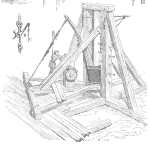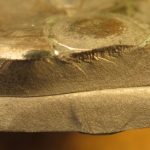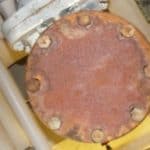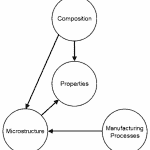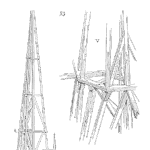
An example of an automotive validation test reliability target is R97C50. In this case, the objective of the validation effort would be to demonstrate at one life on test, with 50% confidence, that the product has a reliability of 97% or better.
Does this mean that a field failure rate of 3% can be expected?
[Read more…]